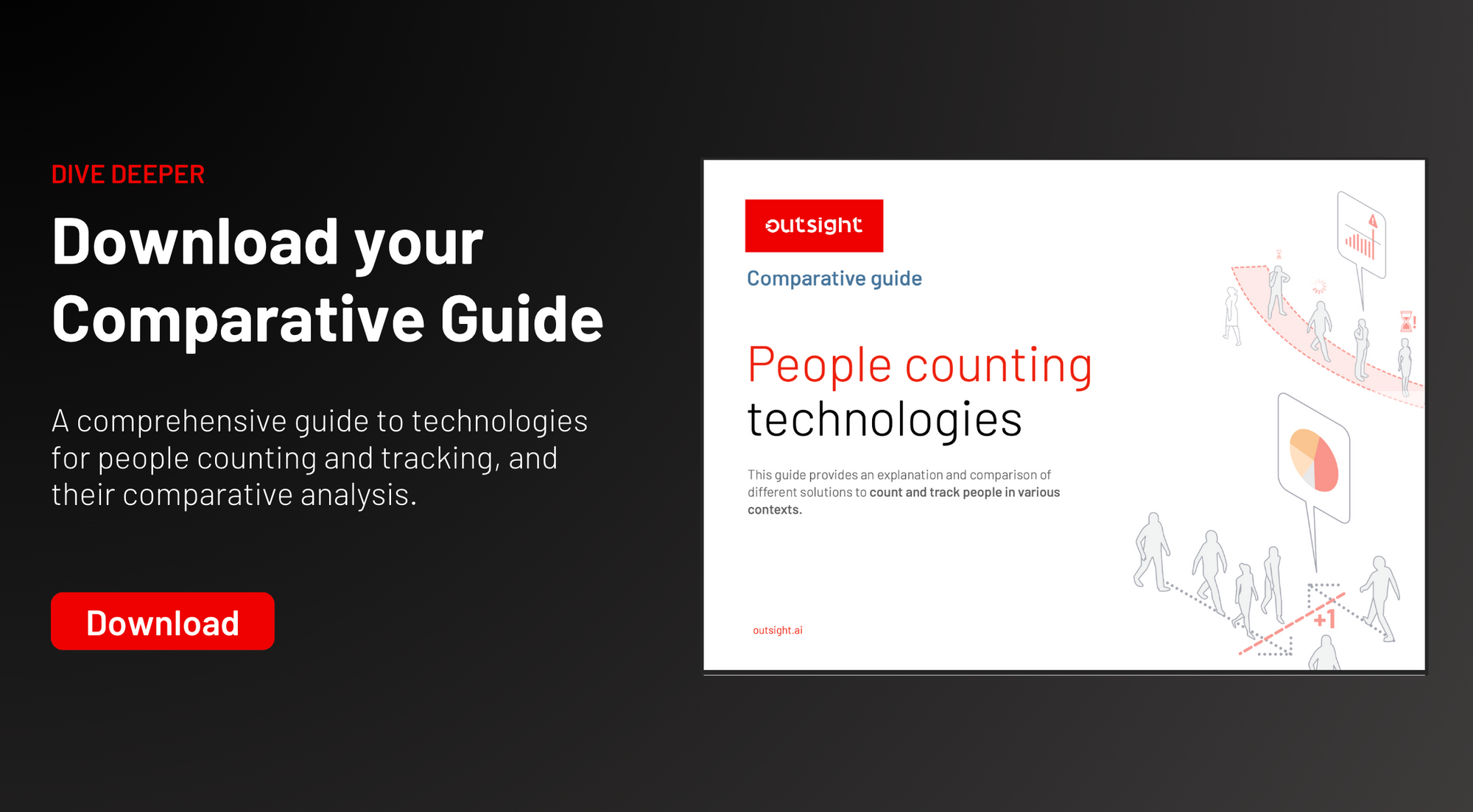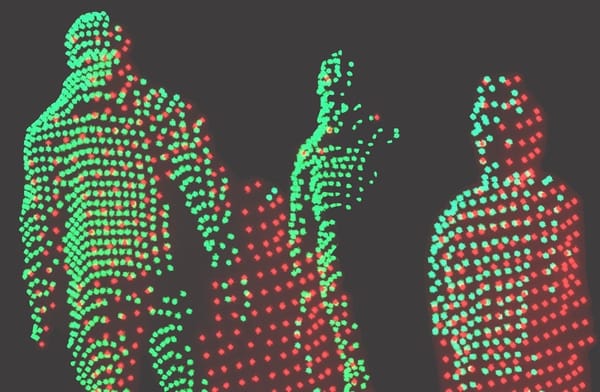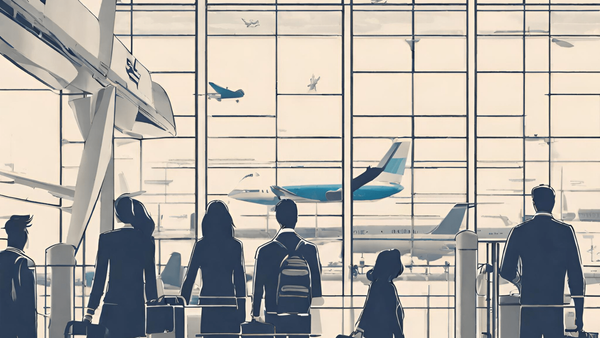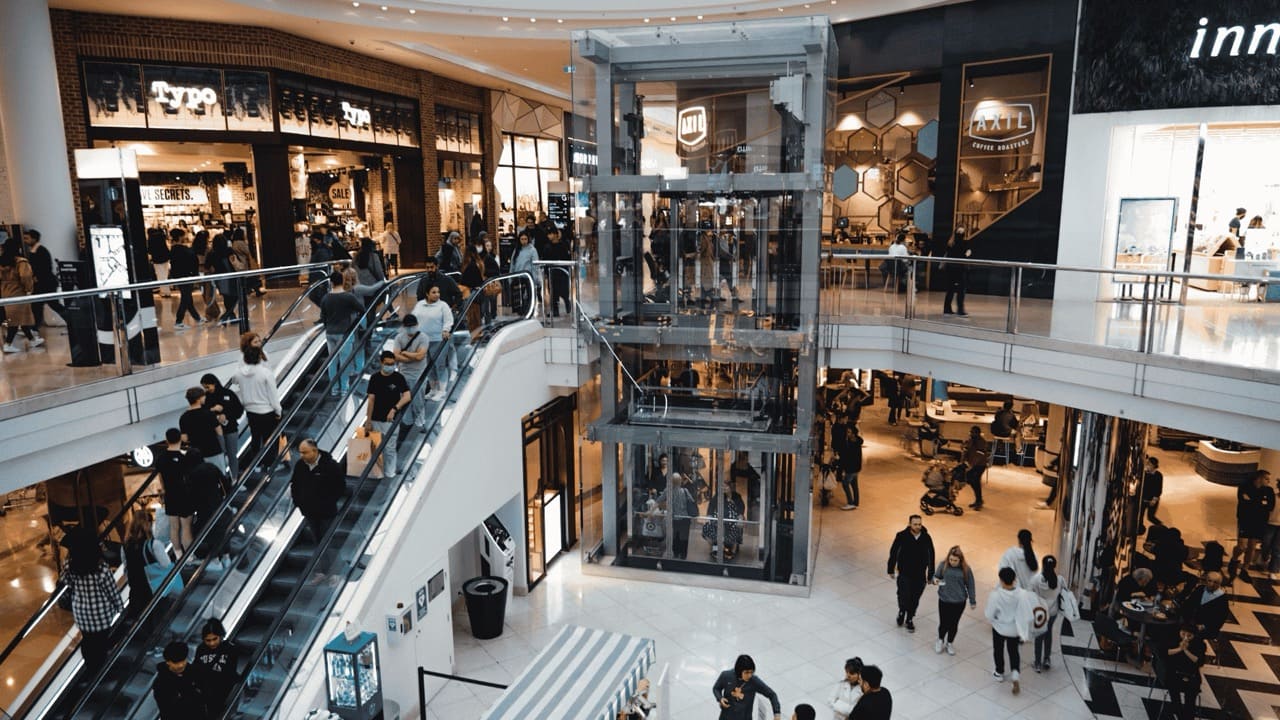
Transforming the Retail Experience with 3D Spatial Intelligence
Outsight’s 3D LiDAR-based Spatial Intelligence helps retailers analyze shopper movement in real time, optimize store layouts, and enable data-driven decisions.
Most physical stores struggle with one major gap: not knowing exactly how customers move, pause, and engage. Without this visibility, it’s hard to fix layout flaws, ineffective promotions, or poorly placed staff—each of which hurts sales and the shopping experience.
Still, many retailers lack accurate data about where visitors go, how long they stay, or how they respond to changes in-store. This leaves them with limited ability to improve how their spaces work in real time.
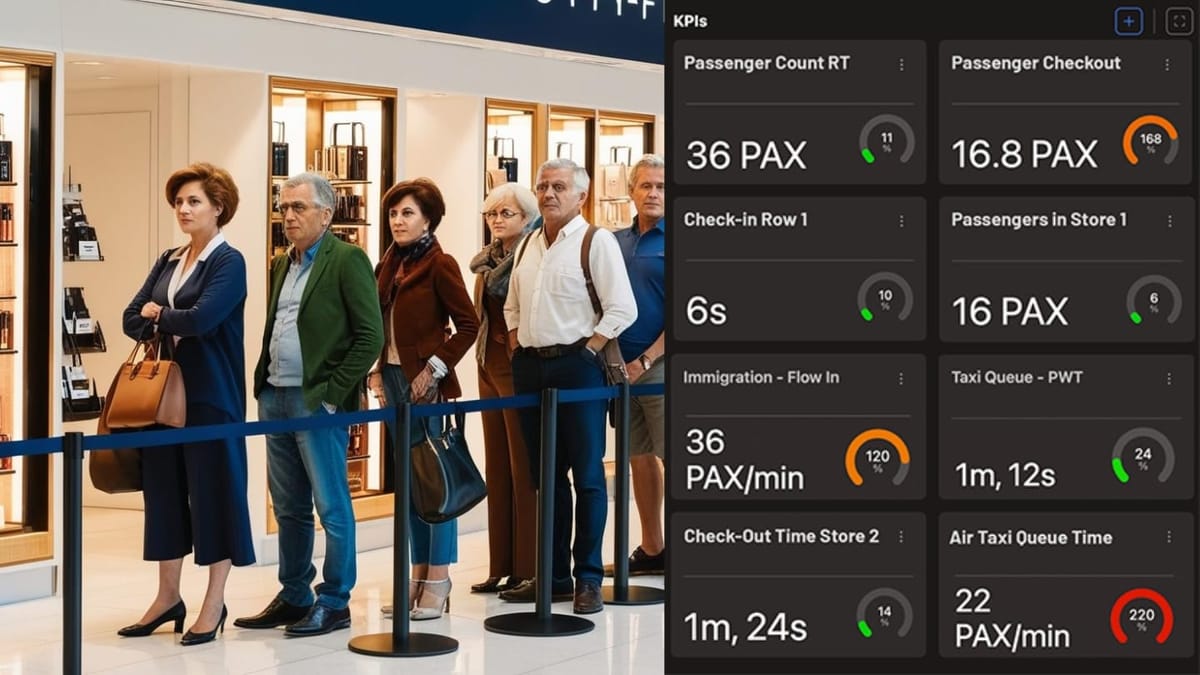
Learn more about elevating retail experiences in airports with 3D spatial intelligence.
To tackle these problems, retailers have tried different tools. Yet they rely on outdated tools that don’t offer the depth or speed needed to make effective decisions.
For example, security cameras, Wi-Fi tracking, and point-of-sale (POS) systems. These offer some value but have key limitations.
Cameras can count people approximately and track their movement, but they often raise privacy concerns and are hard to scale across large areas. Wi-Fi and Bluetooth tracking depend on shoppers having their devices on and connected, which isn’t always the case—and even then, these methods lack precision.
POS data shows what was bought but not why it was chosen—or ignored.

While helpful, these methods don’t show the full picture of how people move, behave, or engage within a store. Retailers need something more complete, precise, and privacy-respecting.
To solve this, new technologies are helping close the gap between physical stores and online shopping. One of the most powerful is 3D sensing, which gives retailers a clearer, real-time view of customer behavior.
A key technology behind this is LiDAR (Light Detection and Ranging).
Originally developed for self-driving cars to help them "see" their surroundings. LiDAR is now used in retail environments with impressive results.
In retail settings, LiDAR allows for precise, real-time tracking of people and objects within a space. Outsight’s Spatial Intelligence Software turns raw 3D LiDAR data from any sensor into clear, actionable insights.
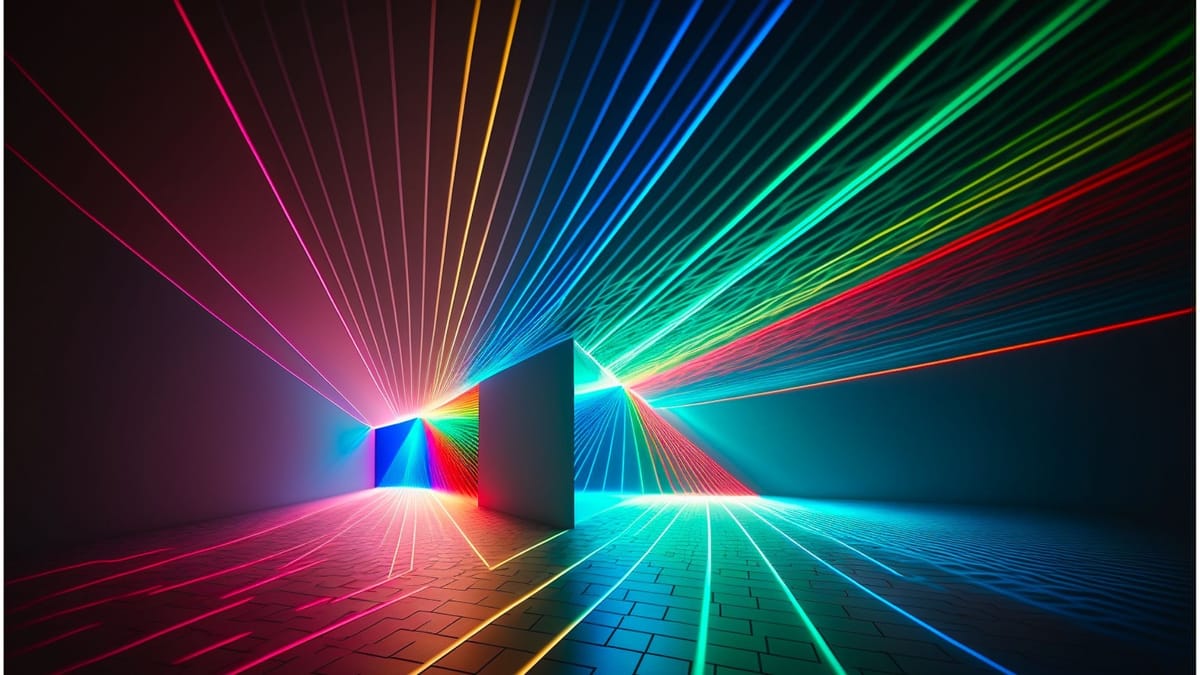
SHIFT, Outsight’s software platform, continuously processes raw 3D LiDAR data to identify and follow the movement of people and objects—without capturing any personal identifiers. This enables real-time tracking through anonymous volume-based detection, not facial or image recognition.
This includes:
- How people enter and exit different zones
- Where they stop and how long they dwell
- Which areas of the store see more traffic and engagement
- How groups form, move, and disperse
All of this is done without capturing any visual identity, no images, no facial data, only spatial behavior.
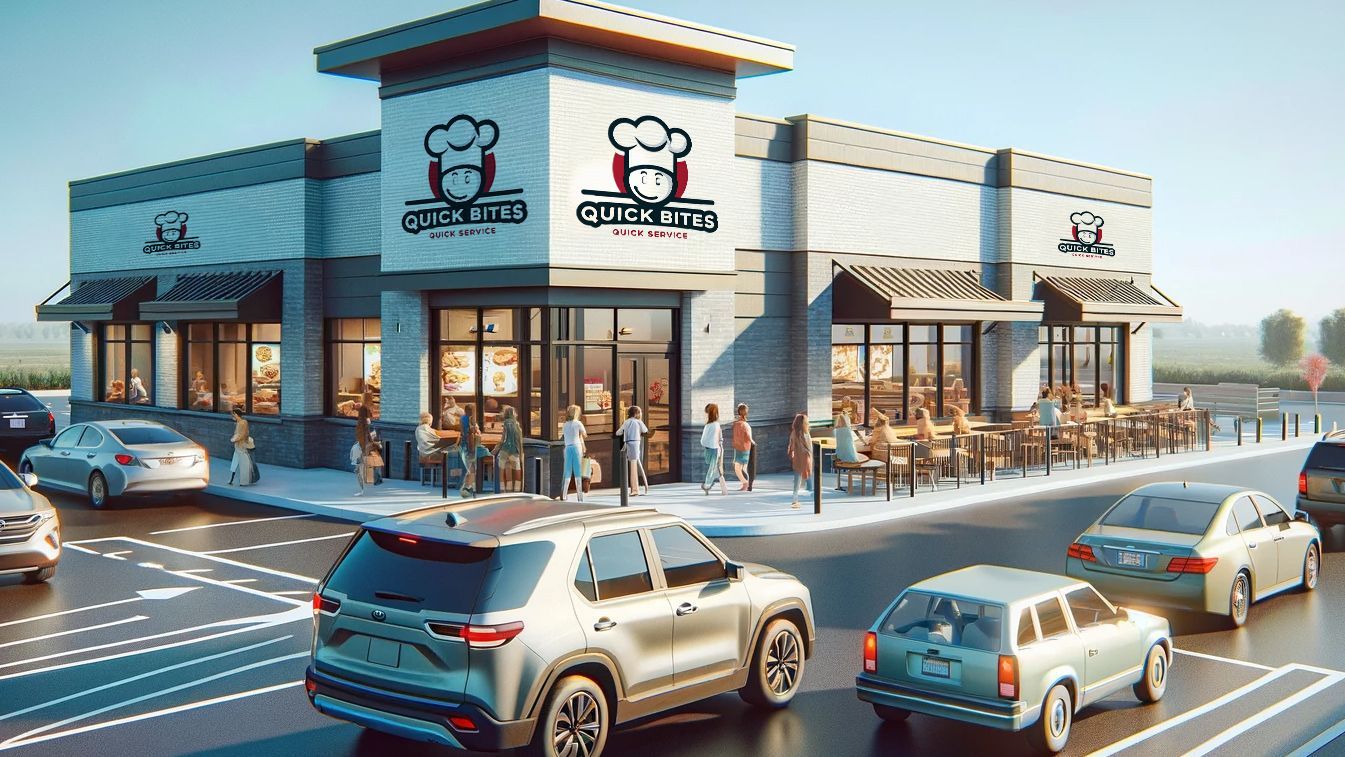
Learn more how LiDAR boosts quick service restaurant efficiency.
By shifting the perception from raw 3D data to contextual understanding, Shift Perception transforms.
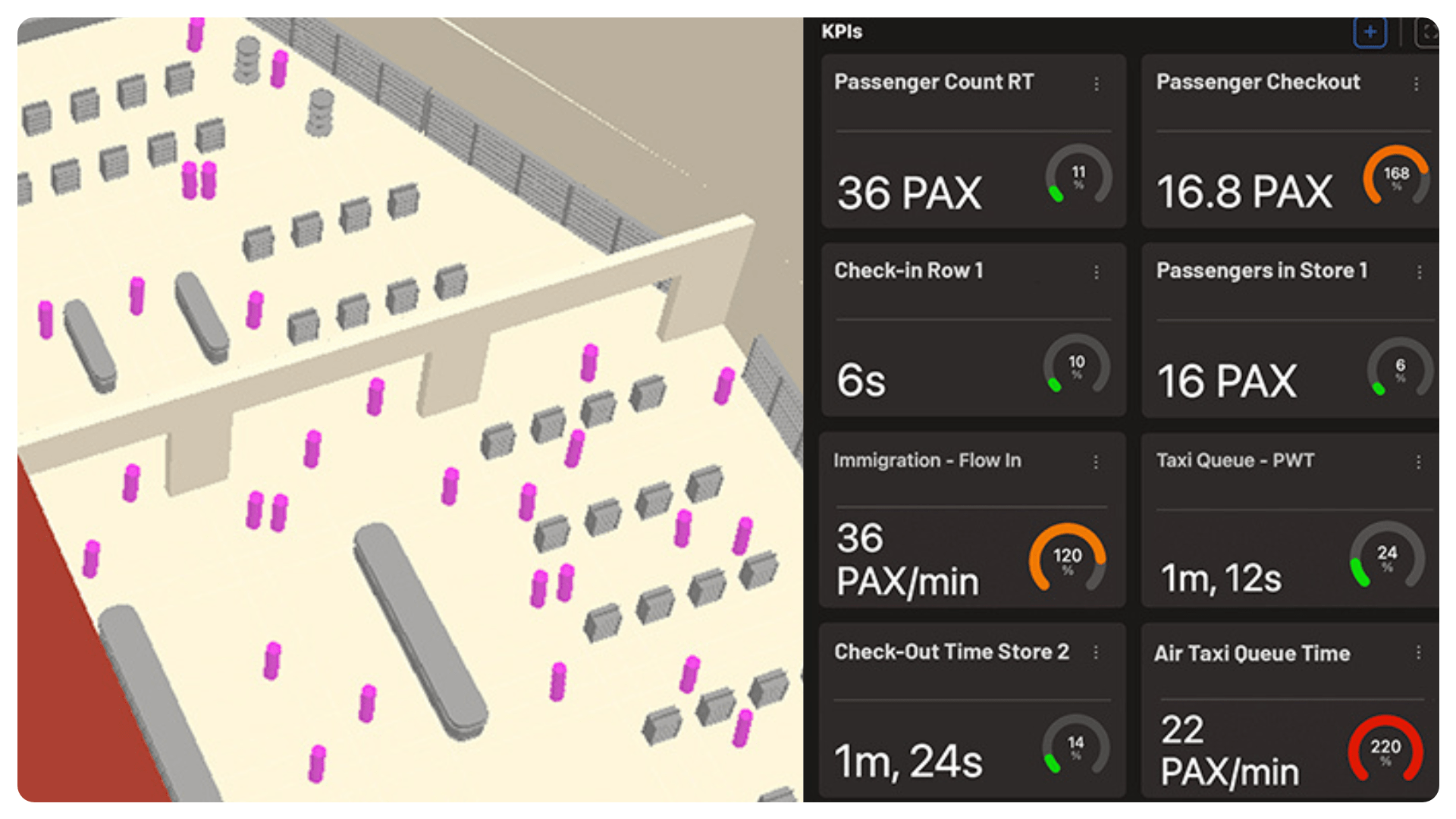
These insights allow stores to respond faster and smarter. Retailers can optimize product placement, test how well promotions work, and adjust staffing in real time based on visitor flow. All of this leads to better service, fewer inefficiencies, and a more personalized shopping experience.
By delivering Spatial Intelligence at scale, Outsight bridges the digital-physical divide, helping turn any retail space into a smart, responsive environment.
